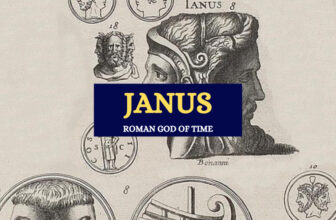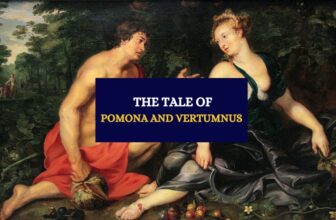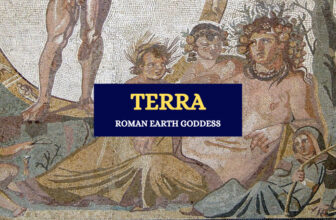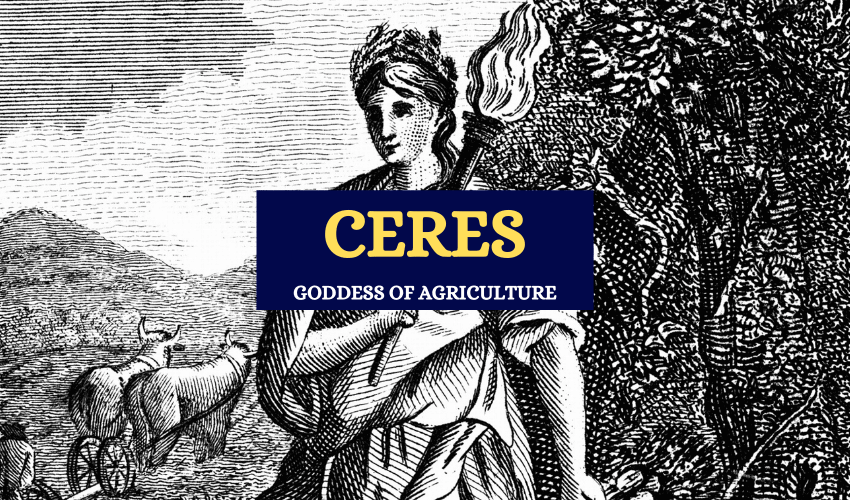
Table of Contents
Agriculture has always been a fundamental part of any society, and naturally, deities connected to the harvest, agriculture and fertility abound in every civilization and culture. The Romans had several deities who were associated with agriculture, but of these, Ceres was possibly the most admired and respected. As the Roman goddess of agriculture, Ceres’ had links to the daily life of the Roman people. Let’s take a closer look at her myth.
Who Was Ceres?

Ceres was the Roman goddess of agriculture and fertility, and she was also the protectress of farmers and plebeians. Ceres was one of the primordial deities of Roman mythology, the Dii Consentes. This mighty goddess also had associations with motherhood, harvests, and grain.
Her worship was present among the ancient Latins, Sabellians, and Oscans. Some sources propose that she was also present as a deity among the Etruscans and Umbrians. Throughout the Mediterranean, Ceres was a worshipped goddess for her role in agriculture. After the period of Romanization, she became associated with the Greek goddess Demeter.
Symbols of Ceres
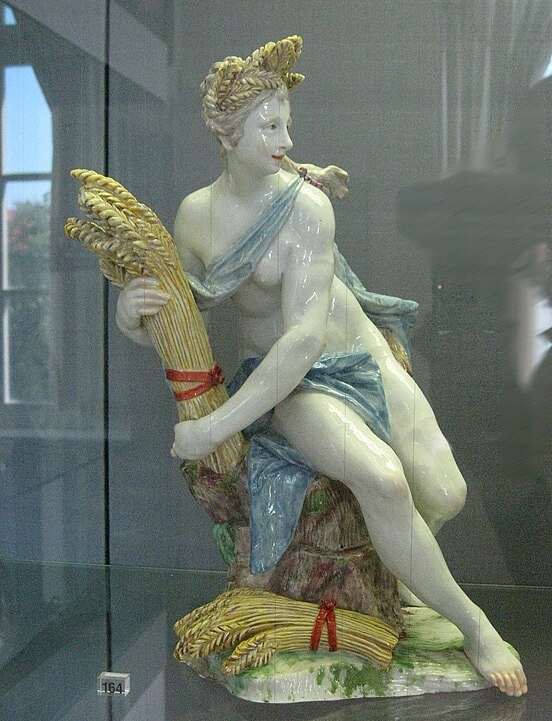
In most depictions, Ceres appears as a young woman of child-bearing age. Her portrayals show her carrying a staff or a scepter, to symbolize her power and authority. She is sometimes depicted holding a torch.
Some other symbols associated with Ceres include grain, sickles, sheaf of wheat and cornucopias. These are all symbols associated with fertility, agriculture and the harvest, reinforcing Ceres’ role as the goddess of agriculture.
Ceres’ Family
Ceres was the daughter of Saturn and Ops, the Titans who ruled the world before the Dii Consentes. In this sense, she was the sister of Jupiter, Juno, Pluto, Neptuno, and Vesta. Although Ceres is not known for her love affairs or marriage, she and Jupiter bore Proserpina, who would later become queen of the underworld. The Greek counterpart of this goddess was Persephone.
Ceres’ Role in Roman Mythology
Ceres was the principal goddess of agriculture and was one among the Dii Consentes, the council of twelve primary deities in the Roman Pantheon. Her presence in such a remarkable group of deities shows how significant she was in ancient Rome. The Romans worshipped Ceres for her to provide her favor in the form of abundant harvests.
Ceres had to do not only with the fertility of the crops but also the fertility of women. In this sense, she was the ultimate goddess of life. According to the myths, Ceres taught humanity how to grow, preserve, and harvest grains.
Most gods of Ancient Rome only participated in human affairs when it suited their needs and interests. In contrast, Ceres involved herself in the daily affairs of the Romans through agriculture and protection. She was the protectress of the lower classes like slaves and plebeians. She also oversaw the laws, rights, and Tribunes of these people and offered her guidance.
The Abduction of Proserpina

The Proserpina joined the domain of Ceres, and together, they were goddesses of female virtue. Together, they were associated with marriage, fertility, motherhood, and many other features of the life of women at the time.
One of the most important myths related to Ceres was the abduction of Proserpina. This story might have emigrated from Greek mythology, but it held special symbolism for the Romans.
In some accounts, Venus took pity on Pluto, who lived in the underworld alone. To help Pluto, Venus commanded Cupid to shoot him with a love-inducing arrow, thus causing him to fall in love with Proserpina. According to other myths, Pluto saw Proserpina strolling and decided to kidnap her. She was so beautiful that Pluto wanted her as his wife.
The Romans believed that the four seasons of the year were a direct result of Proserpina’s abduction. When Ceres realized that her daughter was missing, she invested herself in finding Proserpina. During this time, Ceres left her role as a goddess of agriculture and fertility unattended, and the crops started to die.
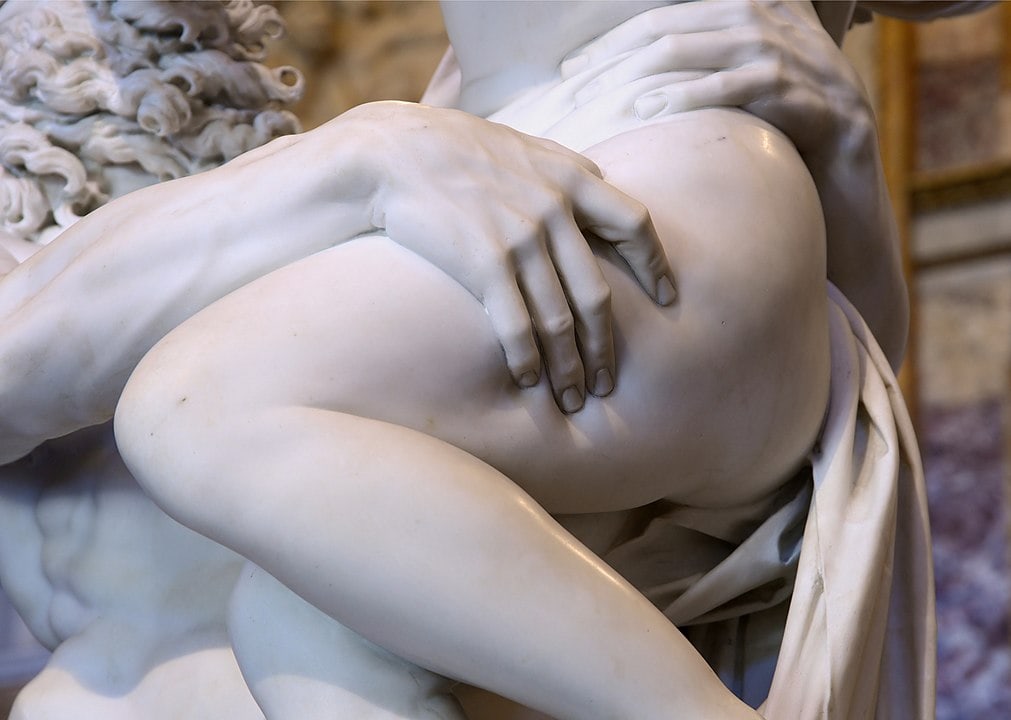
Ceres looked for her daughter everywhere, accompanied by several deities. In many depictions, Ceres appears with a torch to symbolize her search for Proserpina. No matter how hard Ceres looked, she could not find her, and the land suffered because of it.
Since the land was deteriorating, Jupiter sent Mercury to convince Pluto to send Proserpina back to the land of the living. Pluto agreed, but not without first giving her food from the underworld. According to the myths, those who ate food from the underworld could never leave it. Other stories say that she ate six pomegranate seeds, the fruit of the dead, and those who ate it could not live among the living.
After reaching a compromise, they decided that Proserpina would share her time between both places. She would spend six months in the underworld with Pluto as her husband and six months in the world of the living with her mother.
The Romans believed that this was the explanation for the seasons. During the months Proserpina lived in the underworld, Ceres felt distraught, and the land died, thus losing its fertility. This happened in Fall and Winter. When Proserpina returned, Ceres rejoiced for the visit of her daughter, and life thrived. This happened in Spring and Summer.
Ceres and the Gift of Agriculture
Ceres, stemming from the Indo-European root ‘ker,’ symbolizes growth and abundance in Roman mythology. She’s heralded for teaching humanity the art of agriculture, particularly grain cultivation, revolutionizing human society by enabling the establishment of permanent settlements. The gift of agriculture, seen as creating a symbiotic relationship with Earth, was celebrated annually during festivals like Cerealia and Ambarvalia. Romans offered the first fruits of the harvest to Ceres, honoring her blessings that made soil fertile and harvests abundant.
The myth goes beyond technical farming, advocating for ethical farming practices, respect for the land, and adherence to the agricultural laws set by Ceres. Disrespect or negligence would lead to crop failure, a sign of the goddess’s displeasure. Therefore, Ceres’ narrative greatly influenced Roman agricultural practices and environmental interaction, cementing it as a cornerstone of Roman culture and worldview.
Worship of Ceres
The primordial place of worship for Ceres was her temple on the Aventine Hill. Ceres was part of the Aventine Triad, a group of deities who presided over farming and plebeian life. For her role in agriculture, the Romans adored Ceres and prayed for her favor and abundance for the harvests.
Ceres was worshipped with several festivals throughout the year, but mainly during spring and summer. The Cerealia was her principal festival, celebrated on April 19. The plebeians organized and held this festival when the crops started to grow. During the festival, there were circus games and races in the Circus Maximus. The Ambarvalia, which occurred later in May, was her other important festival, also associated with agriculture.
Ceres was a significant goddess for the Romans for her role providing nourishment and protecting the lower classes. The worship of Ceres began while Rome was suffering a terrible famine. The Romans believed that Ceres was a goddess who could spread or stop famine with her power and fertility. Everything related to the prosperity of the land was within the affairs of Ceres.
Ceres Today
While Ceres isn’t a highly popular Roman goddess today, her name lives on. A dwarf planet was named Ceres in honor of the goddess, and is the largest object lying between the orbits of Mars and Jupiter.
The word cereal comes from the phrase meaning of the goddess Ceres or of wheat or bread.
FAQs About Ceres
Ceres’ Greek equivalent is Demeter.
Ceres is the child of Ops and Saturn.
Cere was not strongly associated with any male figure, but she did have a daughter with Jupiter.
Ceres’ child is Proserpina, to whom she was very attached.
Yes, Ceres’ Japanese equivalent is Amaterasu, and her Norse equivalent is Sif.
The saying meant that something was magnificent or splendid and therefore worthy of the goddess Ceres. This indicates the extent to which Ceres was respected and admired by the Roman people.
In Brief
Ceres was among the essential deities of Roman mythology and Roman plebeian life. Her role as a protectress and a giver made her a worshipped goddess for lowers classes.




